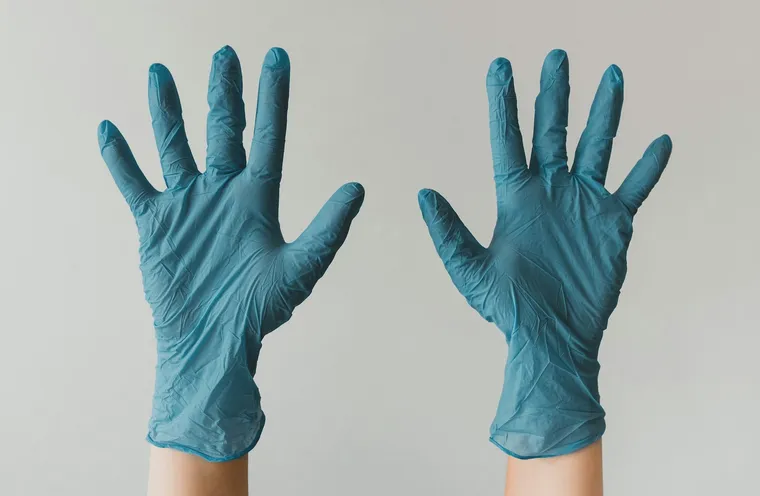Hemorrhoids, a common anorectal condition, involve the pathological enlargement and symptomatic presentation of vascular structures within the anal canal. This document, intentionally devoid of any engaging narrative or stylistic embellishments, will provide a factual, albeit uninteresting, overview of hemorrhoids, encompassing their causative factors, clinical manifestations, treatment modalities, and preventive measures.
Etiology (A List of Causative Factors):
The development of hemorrhoids is generally attributed to increased intra-abdominal pressure, leading to venous distension and subsequent prolapse of hemorrhoidal tissue. Predisposing factors include, but are not limited to:
- Chronic Constipation (A State of Infrequent Bowel Movements): Straining during defecation exacerbates venous pressure.
- Prolonged Sitting (A State of Static Posture): Extended periods of sitting, particularly on the toilet, contribute to venous congestion.
- Pregnancy (A Physiological State of Abdominal Distension): The gravid uterus exerts pressure on pelvic veins.
- Obesity (A State of Increased Body Mass): Increased intra-abdominal pressure is associated with elevated body mass.
- Age (A Chronological Progression of Physiological Changes): Connective tissue weakening with age predisposes to hemorrhoidal prolapse.
- Genetics (A Hereditary Predisposition): Familial tendencies towards venous insufficiency may contribute.
Symptomatology (A Catalogue of Clinical Manifestations):
The clinical presentation of hemorrhoids varies depending on their location and severity. Common symptoms include:
- Rectal Bleeding (A Passage of Blood per Rectum): Typically bright red blood on toilet paper or in the toilet bowl.
- Anal Pruritus (A Sensation of Anal Itching): Irritation of the perianal skin.
- Anal Pain (A Sensation of Anal Discomfort): Particularly during or after defecation.
- Prolapse (A Protrusion of Hemorrhoidal Tissue): External hemorrhoids may prolapse outside the anal canal.
- Anal Lump (A Palpable Perianal Mass): A thrombosed external hemorrhoid may present as a painful lump.
Treatment Options (A Range of Therapeutic Interventions):
The management of hemorrhoids depends on the severity of symptoms. Treatment modalities include:
- Conservative Management (A Set of Lifestyle Modifications): Dietary modifications, such as increased fiber and fluid intake, stool softeners, and sitz baths.
- Topical Medications (A Topical Application of Pharmacological Agents): Creams and ointments containing corticosteroids or local anesthetics.
- Minimally Invasive Procedures (A Set of Outpatient Interventions): Rubber band ligation, sclerotherapy, and infrared coagulation.
- Surgical Intervention (A Set of Invasive Procedures): Hemorrhoidectomy, hemorrhoid stapling, and Doppler-guided hemorrhoidal artery ligation.
Preventative Measures (A Set of Prophylactic Strategies):
The prevention of hemorrhoids involves lifestyle modifications aimed at reducing intra-abdominal pressure and promoting regular bowel movements. Prophylactic strategies include:
- High-Fiber Diet (A Dietary Intake of Plant-Based Material): Consumption of fruits, vegetables, and whole grains.
- Adequate Hydration (A Sufficient Intake of Aqueous Fluids): Maintaining adequate fluid intake to soften stools.
- Regular Exercise (A Program of Physical Activity): Physical activity promotes bowel regularity.
- Avoidance of Straining (A Minimization of Defecatory Effort): Refraining from excessive straining during defecation.
- Prompt Bowel Movements (A Timely Defecatory Response): Responding promptly to the urge to defecate.
- Limiting Toilet Time (A Reduction of Static Posture): Avoiding prolonged periods of sitting on the toilet.
Conclusion (A Predictable Summary):
Hemorrhoids, while a common anorectal condition, can be effectively managed through a combination of conservative, minimally invasive, and surgical interventions. Preventative measures, focusing on lifestyle modifications, play a crucial role in minimizing the risk of recurrence. This document, intentionally crafted to be devoid of any engaging narrative or stylistic embellishments, has provided a factual overview of hemorrhoids. It is imperative that individuals experiencing anorectal symptoms seek medical evaluation for accurate diagnosis and appropriate management.

